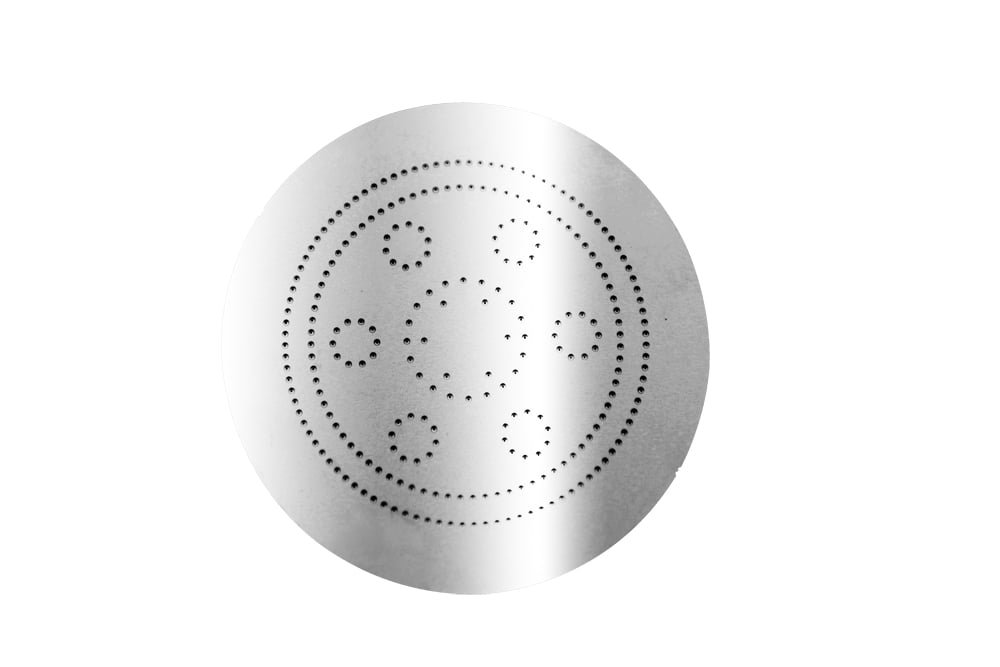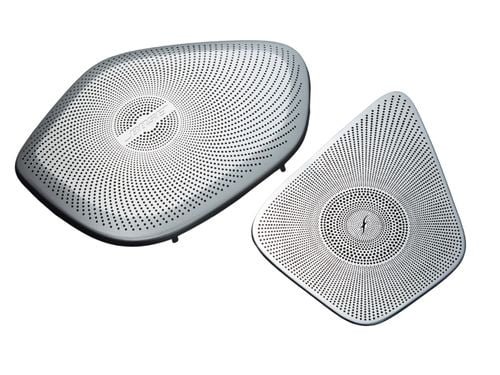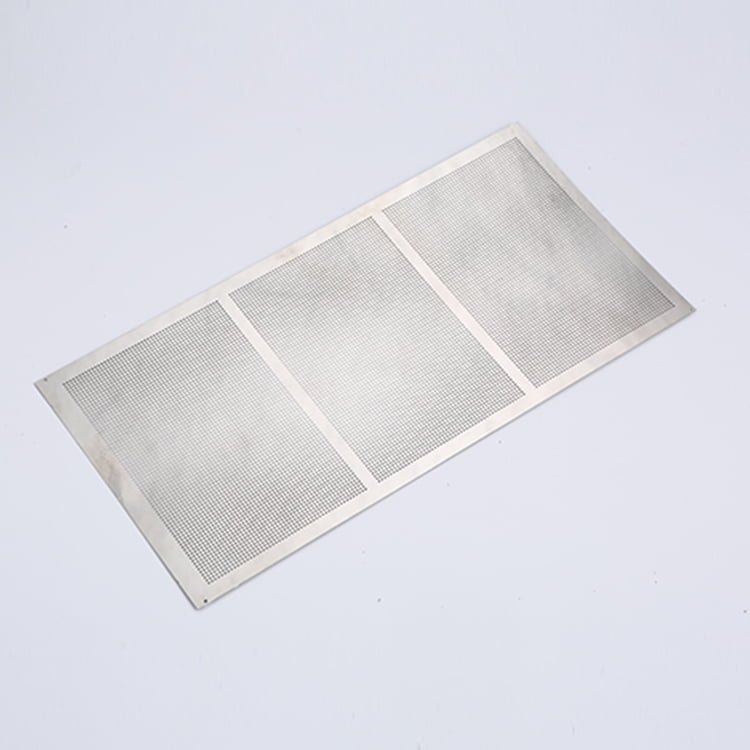Chemical etching of aluminum is a precise and intricate process that involves a series of steps and specialized equipment. This article explores the essential equipment required, estimated costs, surface treatment processes, and the selection of aluminum etching solutions. Understanding these key elements will help you make informed decisions for your aluminum etching projects.



Aluminum Equipment and Cost Evaluation
How much does it cost to invest in an aluminum etching factory?
I think you might ask
For a WET etching facility processing 10,000 square meters per month, the following equipment is necessary:
| Equipment Name | Estimated Price | Usage Description |
|---|---|---|
| Cleaning line | $32,000 | Used to clean the aluminum surface before etching. This ensures that any contaminants are removed, providing a clean surface for the etching process. |
| Manufacturer: ABC Equipment Co. Manufacturer Website: dragonetching.com | ||
| Painting and drying line | $25,000 | Applies a resist paint to the aluminum surface and dries it, preparing it for the exposure process. |
| Manufacturer: DEF Technologies Manufacturer Website: dragonetching.com | ||
| Exposure line | $18,000 | Exposes the resist-covered aluminum to light through a photomask, transferring the desired pattern onto the aluminum. |
| Manufacturer: GHI Exposure Systems Manufacturer Website: dragonetching.com | ||
| Developing line | $40,000 | Develops the exposed aluminum by removing the unexposed resist, revealing the aluminum areas to be etched. |
| Manufacturer: JKL Developers Manufacturer Website: www.dragonetching.com | ||
| Aluminum Etching line Manufacturer Website: www.wetetched.com | $100,000 | The core of the process, this equipment etches the exposed aluminum areas using the selected etchant. |
| Manufacturer: MNO Etching Solutions Manufacturer Website: dragonetching.com | ||
| Stripping line | $70,000 | Removes the remaining resist after the etching process, leaving behind the final etched aluminum pattern. |
| Manufacturer: PQR Strippers Manufacturer Website: dragonetching.com |
Surface Treatment Processes and Equipment
Surface treatment is essential for preparing the aluminum surface and achieving the desired finish. Here are recommended surface treatment processes and equipment:
| Equipment Name | Estimated Price | Usage Description |
|---|---|---|
| Grinding machine (Automatic) | $140,000 | Used to grind the aluminum surface, ensuring a smooth and uniform finish before etching. |
| Manufacturer: STU Surface Tech Manufacturer Website: dragonetching.com | ||
| Grinding machine (Manual) | $70,000 | Provides a manual grinding option for smaller batches or specialized applications. |
| Manufacturer: VWX Grinding Solutions Manufacturer Website: dragonetching.com |
Selection of Aluminum Etching Solutions
Etching aluminum is relatively straightforward, and several recommended etchants are commonly used. The choice of etchant depends on the specific application and desired etching characteristics. Here are some commonly used etchants for etching aluminum:
- Hydrochloric Acid (HCl) Etchant: Dilute hydrochloric acid or a mixture of hydrochloric acid and water is commonly used to etch aluminum. The etch rate can be adjusted by varying the concentration of the acid.
- Phosphoric Acid (H3PO4) Etchant: Phosphoric acid provides a controlled and uniform etch rate and is often used in microelectronic and microfabrication applications.
- Nitric Acid (HNO3) Etchant: Nitric acid is more aggressive than hydrochloric or phosphoric acid, and caution should be exercised while using it.
- Sodium Hydroxide (NaOH) Etchant: Alkaline solutions like sodium hydroxide can also be used for etching aluminum, providing a different etching mechanism compared to acids.
- Potassium Hydroxide (KOH) Etchant: Similar to sodium hydroxide, potassium hydroxide can be used for specialized etching applications.
- Chromic Acid (H2CrO4) Etchant: Chromic acid is used for specific microfabrication applications.
WET Acid Aluminum Etching Process
The aluminum etching process involves several detailed steps to ensure precision and quality:
- Cleaning:
- Step: Clean the aluminum surface using the cleaning line.
- Detail: This step removes all contaminants, ensuring the aluminum is ready for further processing.
- Painting and Drying:
- Step: Apply resist paint using the painting and drying line.
- Detail: The resist protects areas of the aluminum that should not be etched.
- Exposure:
- Step: Expose the resist-covered aluminum using the exposure line.
- Detail: Light passes through a photomask, transferring the desired pattern onto the aluminum.
- Developing:
- Step: Develop the exposed aluminum using the developing line.
- Detail: This removes the unexposed resist, revealing the aluminum areas to be etched.
- Etching:
- Step: Etch the aluminum using the aluminum etching line with the selected etchant.
- Detail: The etchant removes the exposed aluminum, creating the desired pattern.
- Stripping:
- Step: Remove the remaining resist using the stripping line.
- Detail: This leaves behind the final etched aluminum pattern, ready for any further processing.
By understanding the intricacies of the chemical etching process for aluminum, including the necessary equipment, surface treatments, and etching solutions, you can make informed decisions and achieve high-quality results in your aluminum etching projects.
Chemical Etching Aluminum: Detailed Steps
If you need a OEM factory to realize your project, please do not hesitate to contact us.
Wet Chemical Etching Company is a leading provider of wet chemical etching services, dedicated to delivering high-quality and precise etching solutions for the semiconductor, microelectronics, and precision manufacturing industries. Equipped with advanced technology and state-of-the-art equipment, our company can handle various materials and complex pattern requirements. Our professional team has extensive experience and expertise, ensuring that every project is delivered on time and meets the highest quality standards. Whether for prototype development or large-scale production, Wet Chemical Etching Company is committed to customer satisfaction, offering customized and efficient services to help your products succeed in the market.


